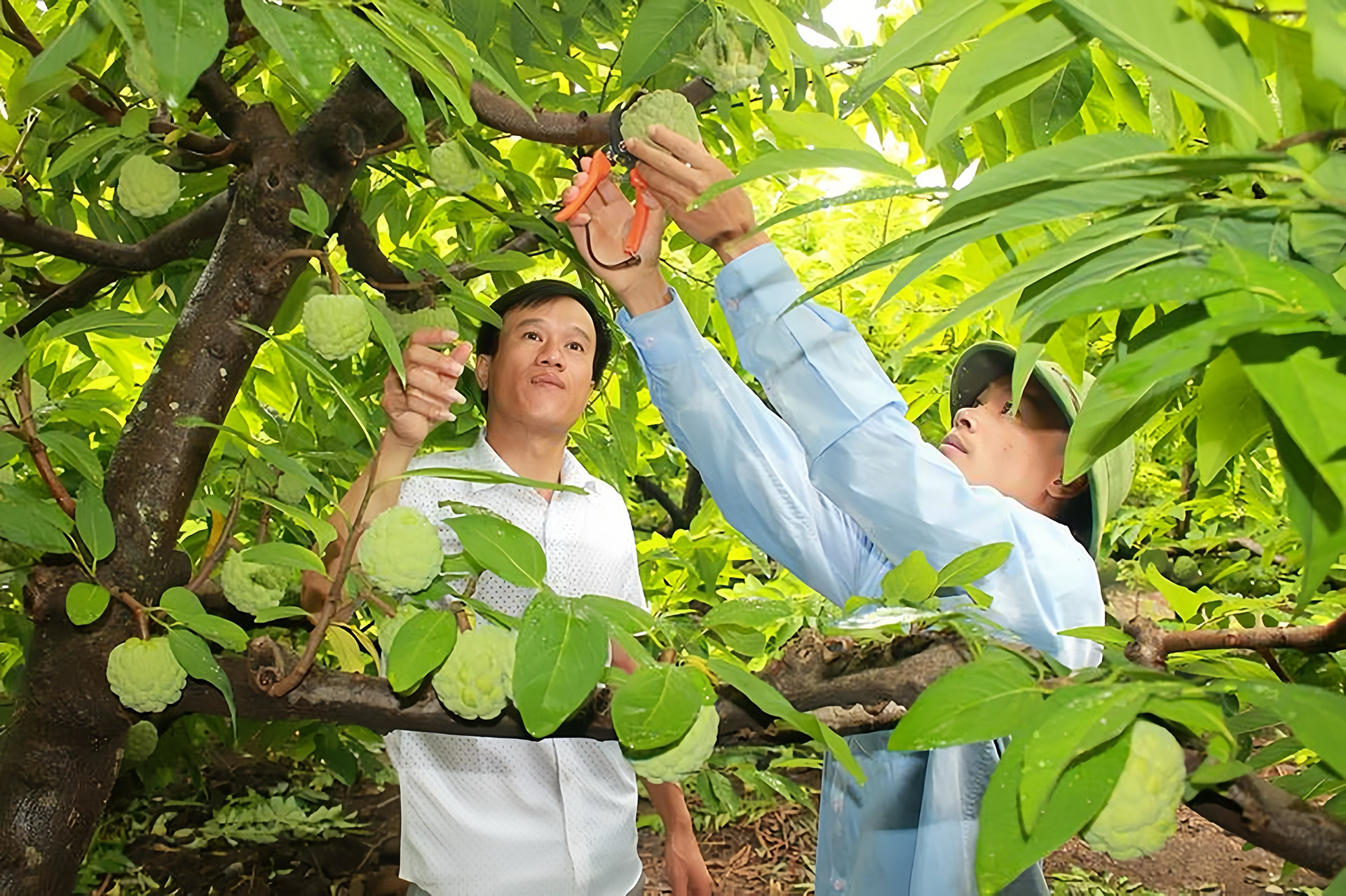
Growing fruit trees to become a billionaire
"More than ten years ago, on the highlands of Co Noi commune (Mai Son, Son La), there were still corn and sugarcane fields. Income was low and unstable, with some years of gain and some years of loss, so the lives of the people here were still difficult. Since switching to growing fruit trees, after each harvest season, food and clothing have improved, and life has become more and more prosperous," Mr. Nguyen Huu Tu, Director of Me Lech Cooperative, excitedly shared.
Me Lech Cooperative has 150 hectares of custard apple, queen custard apple, and durian custard apple that are being harvested. This area belongs to 26 member households. All custard apple hills are installed with surveillance cameras and automatic watering systems controlled by an app on a smartphone.
In recent years, custard apples grown according to VietGAP and organic standards have been purchased by stores and supermarkets. Last season, the cooperative's products were also sold on the e-commerce platform, TikTok Shop.
“The custard apple harvest and good prices have resulted in a very high profit this past season. People worked hard to pick the fruit from mid-July until just before Tet,” Mr. Tu boasted, calculating that after deducting expenses, the average profit is about 600 million VND/ha. His family alone planted 6ha but only 3ha yielded fruit. By mid-December, after harvesting, he had made a profit of billions.
"Here, fruit-growing households are no longer hungry but have become rich," he said, revealing that in the cooperative, households with small areas will earn around 1 billion VND, while average households earn 2-3 billion VND/year. There are a few households that have become billionaires in this highland area because just growing custard apples earns 7-8 billion VND/household every year.
Not only custard apple, Son La strawberries are also "hot". Mr. Nguyen Van Nam, Director of Xuan Quy Strawberry Cooperative, said that the cooperative has 60 hectares of strawberries grown on gentle, vast hillsides. Strawberries are harvested from November until April of the following year. As the strawberries ripen, people pick and can them.
The price of this item on the market is quite high, so strawberry growers earn a profit of 300-400 million VND/ha, Mr. Nam said.
Mr. Nguyen Thach Tung Linh, Director of a sweet passion fruit enterprise in Moc Chau (Son La), also revealed that farmers who are cooperating with the company to grow sweet passion fruit regularly earn several hundred million VND in profit each year, even 2-3 billion VND if grown on a large scale.
Mr. Linh said that sweet passion fruit is a high-class fruit, canned and sold for 250,000 VND/box. He sells the popular type of 12-14 fruits/kg for 80,000 VND/kg, the VIP type of 8-10 fruits/kg for 110,000 VND/kg. All are always in a state of insufficient supply to meet demand, customers have to "line up" to buy.
According to him, the yield of sweet yellow passion fruit is 20-25 tons/ha. In recent years, the price that businesses buy from households is at 40,000-50,000 VND/kg, so passion fruit growers all have high incomes.
Not only custard apple, passion fruit or strawberry, in Quynh Nhai, Song Ma, Sop Cop, Thuan Chau districts (Son La), Queen pineapple also covers the steep hillsides. The entire pineapple output is purchased and processed by Dong Giao Food Export Joint Stock Company (Doveco). Pineapple growers can earn several hundred million VND per crop.
From a corn and cassava growing province to an agricultural phenomenon
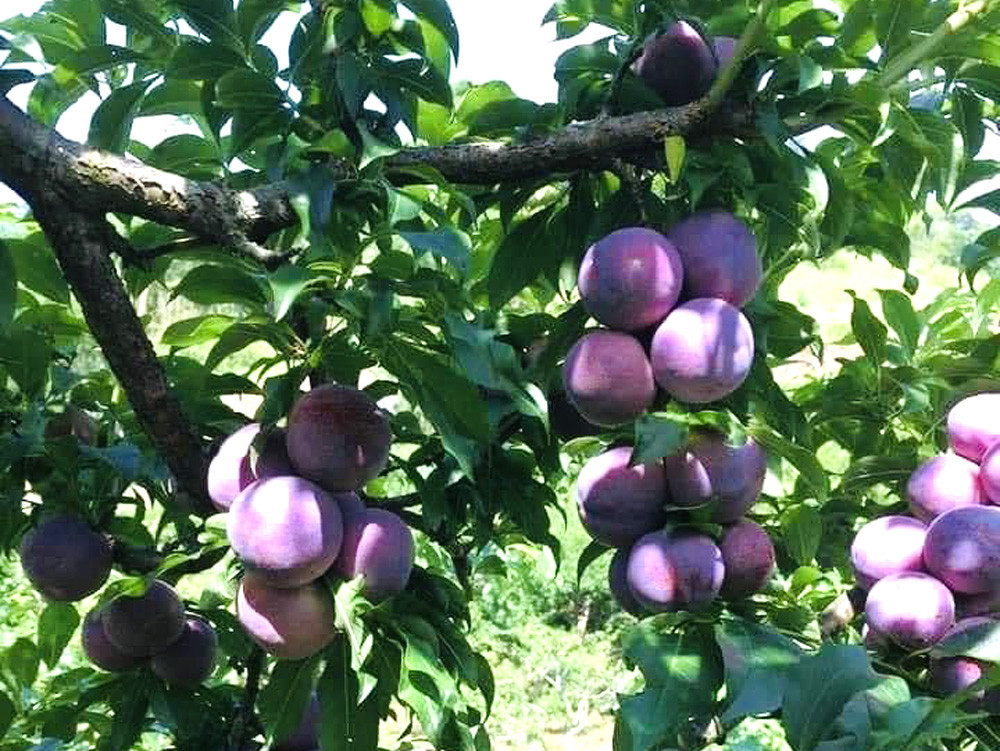
Now, in this mountainous province, the number of millionaires and billionaires who grow passion fruit, plum, custard apple, longan, strawberry, mango... is increasing. Their lives have changed since a decision they made 7 years ago.
Before 2015, Son La was famous for growing only corn and cassava, with the saying “corn climbs the mountain, the mountain bows its head”. Poverty still haunts the lives of the people here.
Former Son La Provincial Party Secretary Hoang Van Chat once confided that in 2015, after the 14th Provincial Party Congress, Son La made a major shift in agriculture: Growing fruit trees on sloping land. Along with that was the decision to support money for people to renovate mixed gardens.
At that time, the province only had about 30,000 hectares of fruit trees. Accordingly, each grafted eye on a fruit tree was supported with 12,000 VND, each household was supported with 15-16 grafted eyes. In 2 years, nearly 90,000 households renovated mixed gardens, with a total support of 18 billion VND.
This “bait” policy has brought about clear results for fruit growing areas. People have mastered hybridization techniques, differentiated varieties, and understood clean and organic production processes. Agricultural extension officers have been sent to study good agricultural models in other localities and then taught them to the people.
Not only did he transform mixed gardens into fruit orchards on a commercial scale, former Minister of Agriculture and Rural Development Nguyen Xuan Cuong, while still in office, said: “The Provincial Party Secretary came to ask me to invite large corporations to invest in the province. The Secretary said, those guys are big, it is difficult to invite them.” Seeing the leader’s enthusiasm, he immediately introduced the Secretary to meet with businesses and invite them to invest.
Just like that, with support policies, leading enterprises flocked to Son La to build large-scale vegetable and fruit processing factories and centers with the most modern technology in the world.
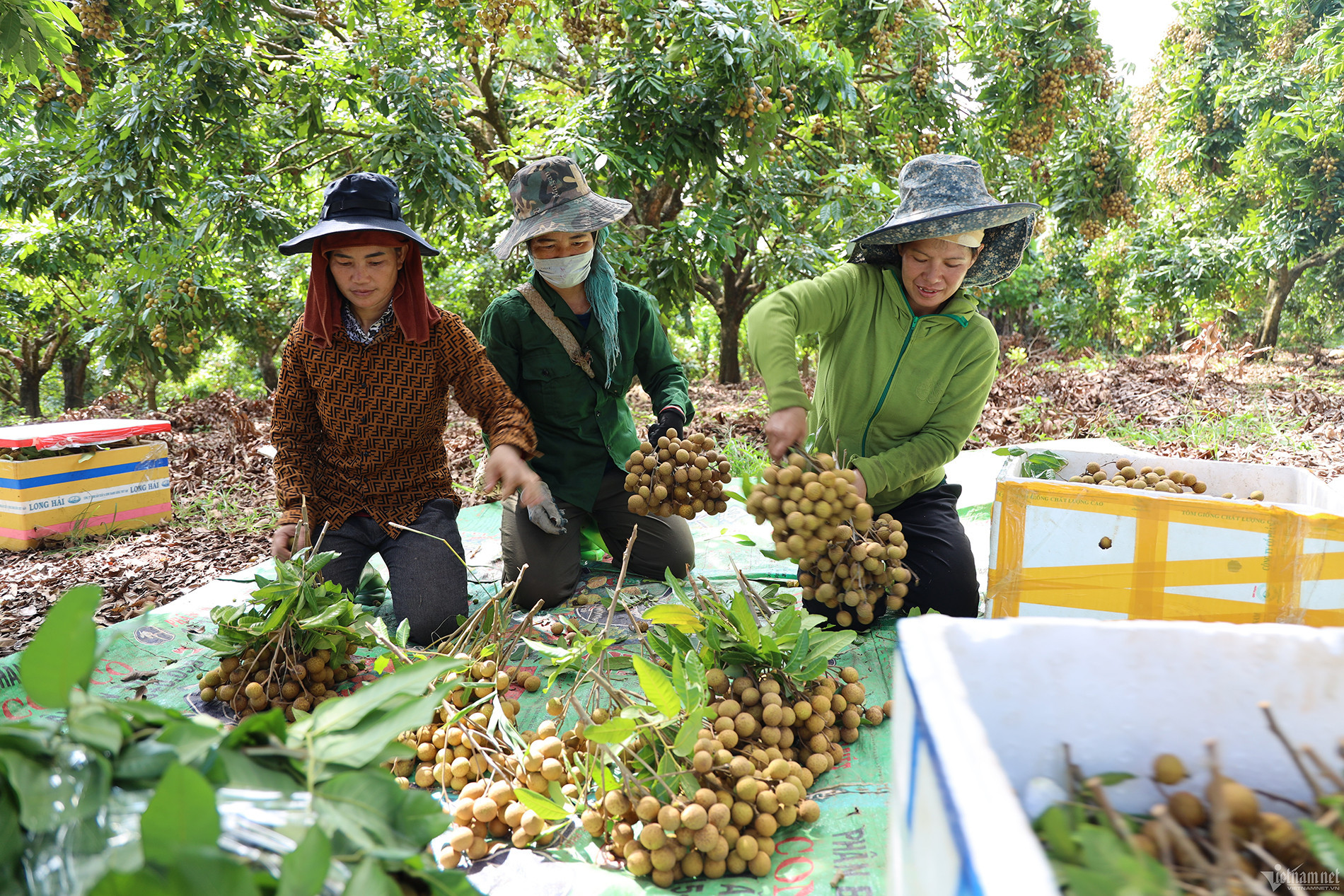
For example, Nafoods Tay Bac Joint Stock Company has invested in building a fruit and vegetable processing factory with a capacity of processing 10,000 tons of fruits and vegetables per year in Moc Chau district. TH Group has invested 2,300 billion VND to build a modern fruit and vegetable processing factory in Van Ho. Doveco has also invested in building a fruit and vegetable processing center in Mai Son district with an expected capacity of 50,000 tons of products per year...
Nearly 10 years after the decision to “awaken the potential on the sloping land”, the total fruit tree area of Son La reached nearly 84,000 hectares; fruit output reached about 453,600 tons/year. This figure brought Son La from the position near the “bottom of the table”, surpassing Tien Giang (82,000 hectares) to become the “fruit tree capital” of the country.
Son La has also formed the largest fruit and vegetable processing center in the Northwest when gathering a series of large enterprises and corporations. According to statistics, nearly 30% of the province's fresh fruit output is processed. In addition to being consumed in the domestic market, the products are also exported to the US, Australia, Japan, China, etc.
Son La also says no to “rescuing” agricultural products. In fruit growing areas, farmers can earn up to 300-600 million VND/ha, some fruit trees even yield nearly 1 billion VND/ha (not including costs)... Many farming households only grow longan, mango, custard apple... and each year they can earn up to tens of billions of VND.
Now, when talking about Son La, many leaders call this province the "agricultural phenomenon" of the whole country.
At the conference to review the work of 2023 and deploy the tasks of 2024 of the agriculture and rural development sector, Minister of Agriculture and Rural Development Le Minh Hoan commented that in recent years, Son La has emerged as an agricultural capital, including the success of replanting on sloping land.
The province continues to be successful and take the lead in trade promotion as well as cooperating with many businesses to deeply process products such as fruits, coffee, etc. This is a lever to help Son La gather agricultural products, continue to attract large businesses to the province to invest in agriculture, the Minister acknowledged.
According to Vice Chairman of Son La Provincial People's Committee Nguyen Thanh Cong, the province is determined to organize a value chain connecting farmers, cooperatives, and large processing enterprises. In particular, to attract businesses to invest in the province, Son La focuses on developing raw material areas. Forming high-tech agriculture is a prerequisite for Son La branded agricultural products to affirm their quality in the domestic market.
Son La, which did not earn any foreign currency from agricultural exports, has brought in hundreds of millions of USD in recent years. Agricultural exports of Son La province are forecast to soon reach 1 billion USD/year, making it a rich province with rich farmers.
TT (According to Vietnamnet newspaper)Source










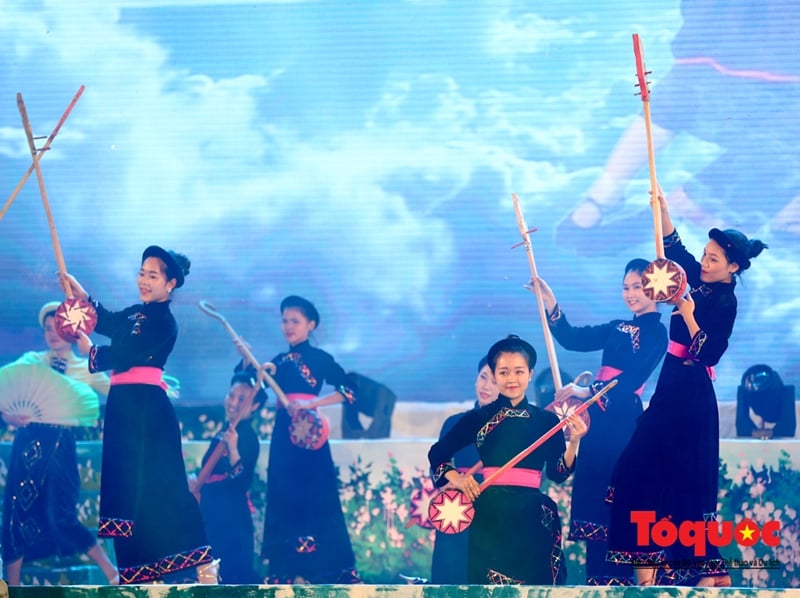











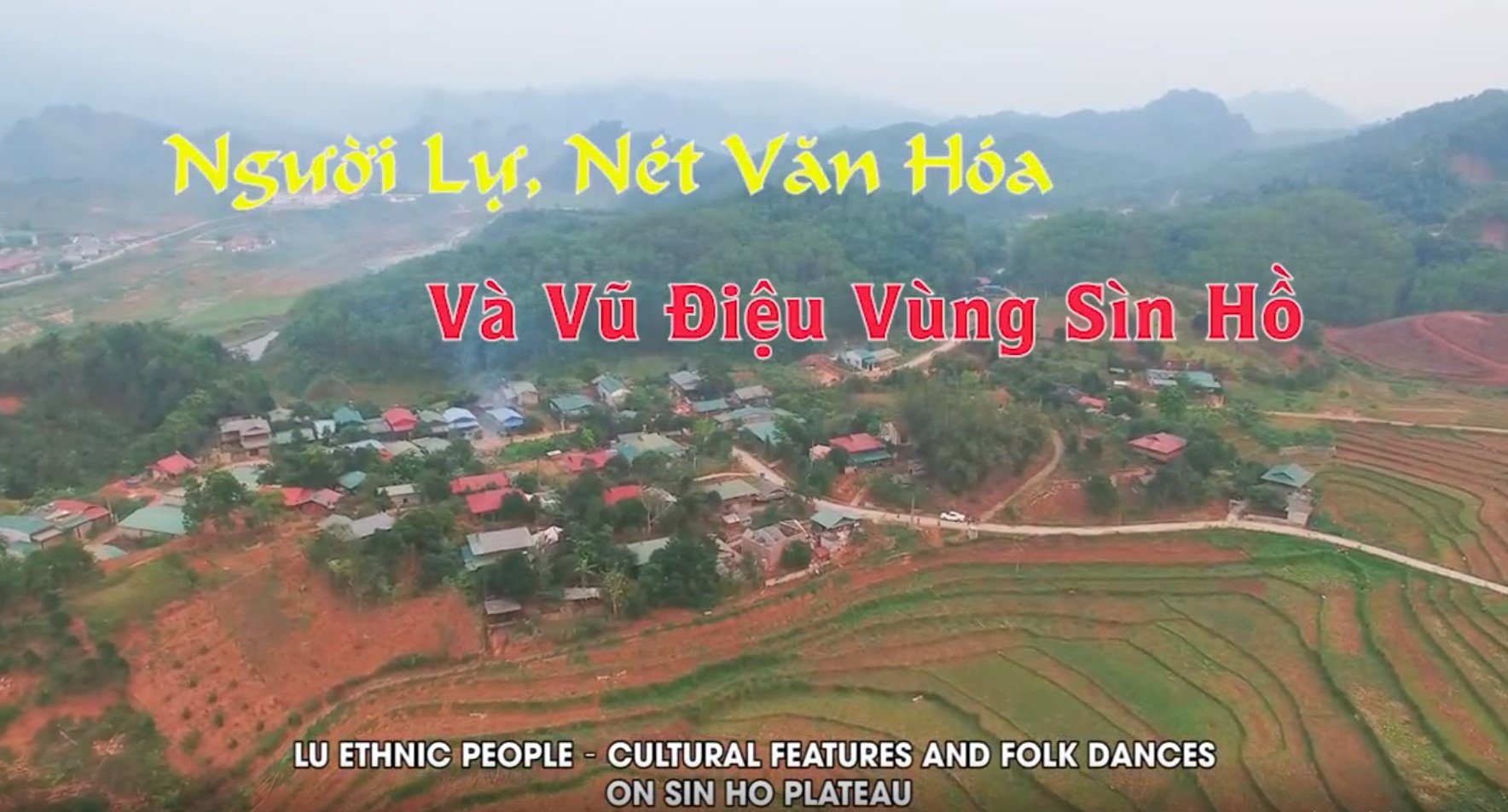

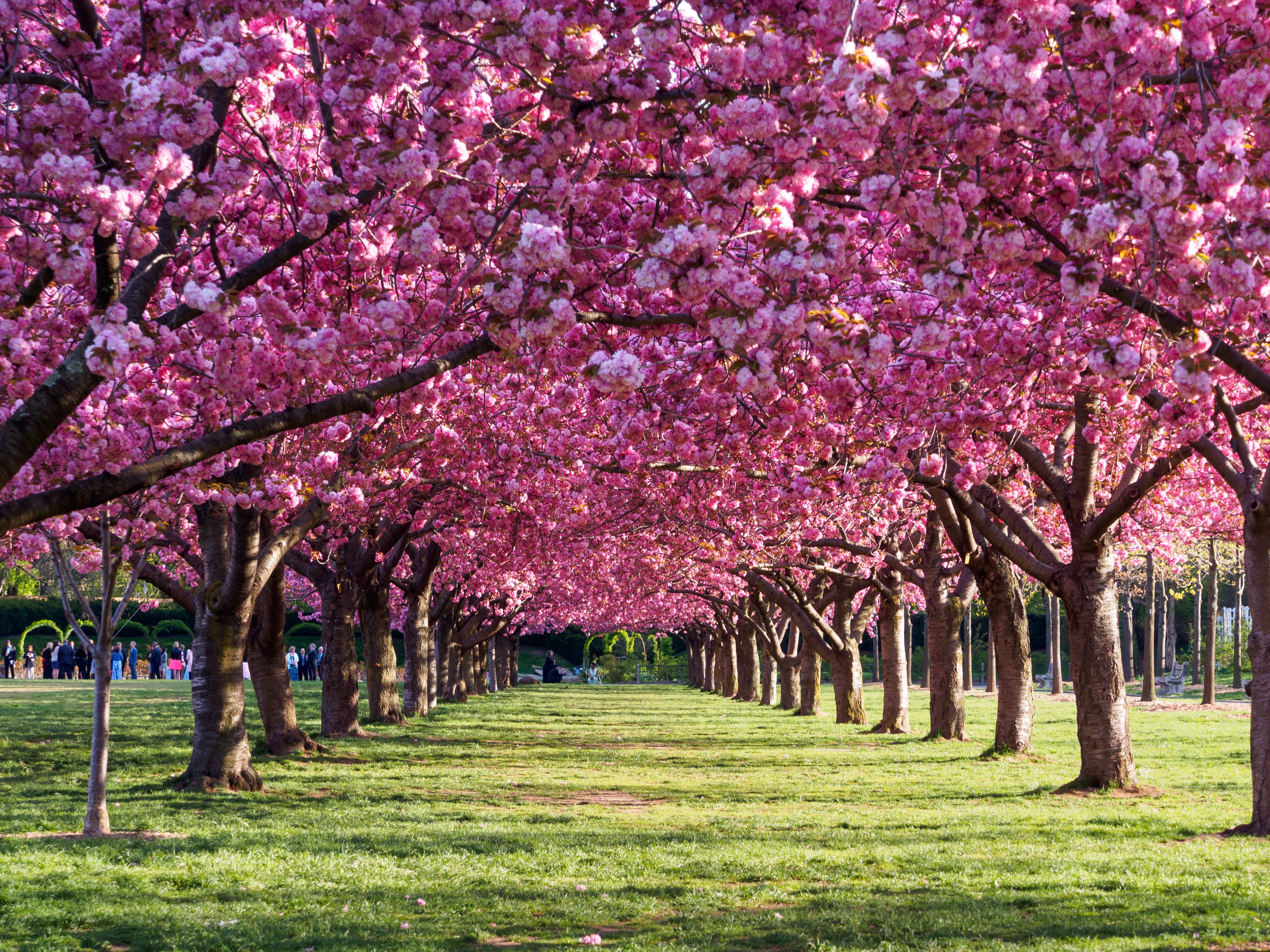
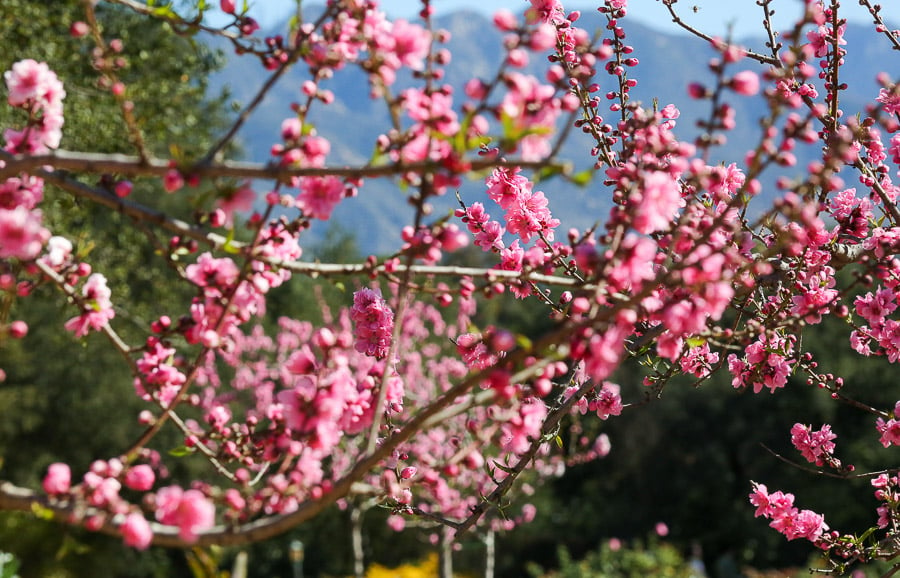








![[Photo] Prime Minister Pham Minh Chinh chairs Government Conference with localities on economic growth](https://vstatic.vietnam.vn/vietnam/resource/IMAGE/2025/2/21/f34583484f2643a2a2b72168a0d64baa)






















































Comment (0)